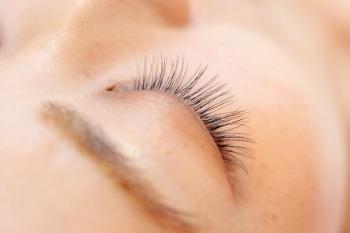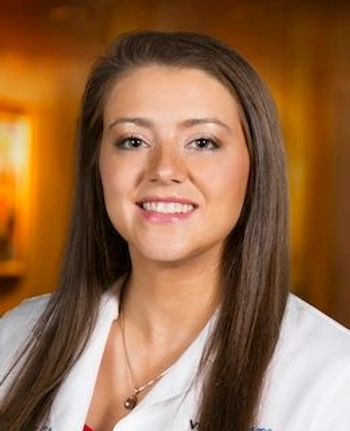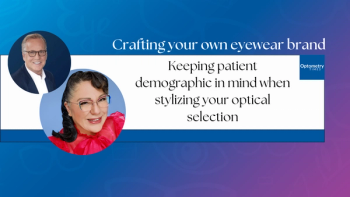
AAOpt 2025: Early response to treatment with perfluorohexyloctane ophthalmic solution for dry eye disease
Discover how a new dry eye treatment offers rapid relief and long-term benefits for patients, transforming treatment approaches in eye care.
Note: Video captions are auto-generated with the assistance of AI and may contain errors.
Shane Kannarr, OD, presented a poster at the American Academy of Optometry meeting in Boston, Massachusetts. This poster examined the short-term impacts of perfluorohexyloctane ophthalmic solution on patients with dry eye disease.
The study focused on evaluating patient outcomes at specific intervals: 5 minutes, 1 hour, and 15 days after treatment. The research revealed a rapid and continuous improvement in patient-reported symptoms, highlighting the product's potential to address underlying dry eye conditions quickly. The study shed light on perfluorohexyloctane's emergence as a potential first-line therapy for dry eye treatment. Kannarr noted that many patients had previously failed traditional artificial tear treatments. Perfluorohexyloctane distinguished itself by providing immediate and durable relief, offering practitioners a more confident approach to treating dry eye syndrome.
Kannarr reflected on the evolution of dry eye treatments, emphasizing how limited options were just a few years ago. Historically, clinicians relied primarily on artificial tears and inflammatory treatments. Perfluorohexyloctane represented a significant breakthrough by specifically targeting the evaporative component of dry eye, which affects approximately 50-60% of patients. The timing of perfluorohexyloctane's introduction was particularly significant, coinciding with increased screen usage and a rise in evaporative dry eye among younger populations. Kannarr highlighted the product's unique ability to address the true cause of dry eye, potentially preventing inflammation and progressive disease. Key insights from the study included:
- Rapid onset of symptom relief
- Continuous improvement over 15 days
- Effective alternative to traditional artificial tears
- Targeted approach to addressing evaporative dry eye
- Potential to prevent long-term dry eye progression
The research suggested perfluorohexyloctane as a safe and effective treatment option that goes beyond symptom management, instead addressing the underlying mechanisms of dry eye disease. Kannarr expressed optimism about the product's potential to transform dry eye treatment, particularly in an era of increasing digital eye strain and environmental challenges. The study recommended further investigation and wider adoption of perfluorohexyloctane as a promising first-line therapy for dry eye management.
Newsletter
Want more insights like this? Subscribe to Optometry Times and get clinical pearls and practice tips delivered straight to your inbox.



















































.png)


